- 路 Microwave
- 路 Atmospheric Pressure Microwave 路 Pressure Microwave 路 Parallel Microwave
- 路 Ultrasonic 路Low Temperature Ultrasound
- 路 Ultraviolet Light
- 路 Microwave Heating 路 Atmospheric Pressure Synthesis 路 Atmospheric Pressure Catalysis 路 Atmospheric Pressure Extraction
- 路 Sample Preparation 路 Microwave Digestion
- 路 Soil Digestion 路 High Pressure Synthesis
- 路 Solid Phase Synthesis
- 路 Organic Synthesis
- 路 Ionic Liquid Synthesis
- 路 Degradation Of Natural Organic Matter
- 路 Natural Product Extraction / Purification
河北祥鹄科学仪器有限公司
300B Ultrasonic Microwave Enzymatic Extraction and Antioxidant Activity of Polysaccharides from Vibrio
This research was completed by a research scholar at the College of Chemistry and Chemical Engineering of Xinjiang Normal University. The paper discusses the synergistic extraction and antioxidant activity of ultrasonic polysaccharide digestion of Radix Paeoniae Alba. It is published in the important journal
Ultrasound-microwave enzymatic extraction was used to extract polysaccharides from Radix rosea. Based on single factor experiment, combined with response surface test to optimize the extraction process of Polygonum cuspidatum polysaccharides, and chemical resistance of wild rose root polysaccharides in vitro was determined. And compared with VC. The results showed that the optimal extraction conditions of polysaccharides from Radix Paeoniae Alba were: cellulase addition mass fraction 1.15 % (enzyme activity 40 U/mg), pH 5.72, extraction temperature 81.19 °C, liquid to material ratio 12.56:1 (mL /g). Under these conditions, the actual yield of the polysaccharide of the wild rose root was 10.48 mg / g, which is close to the model prediction (10.63 mg / g). The results of antioxidant test showed that the polysaccharide of Radix rosea has certain antioxidant activity. The antioxidant activity of Radix Paeoniae Alba was slightly lower than that of VC, and the antioxidant activity was positively correlated with polysaccharide content in a certain concentration range.
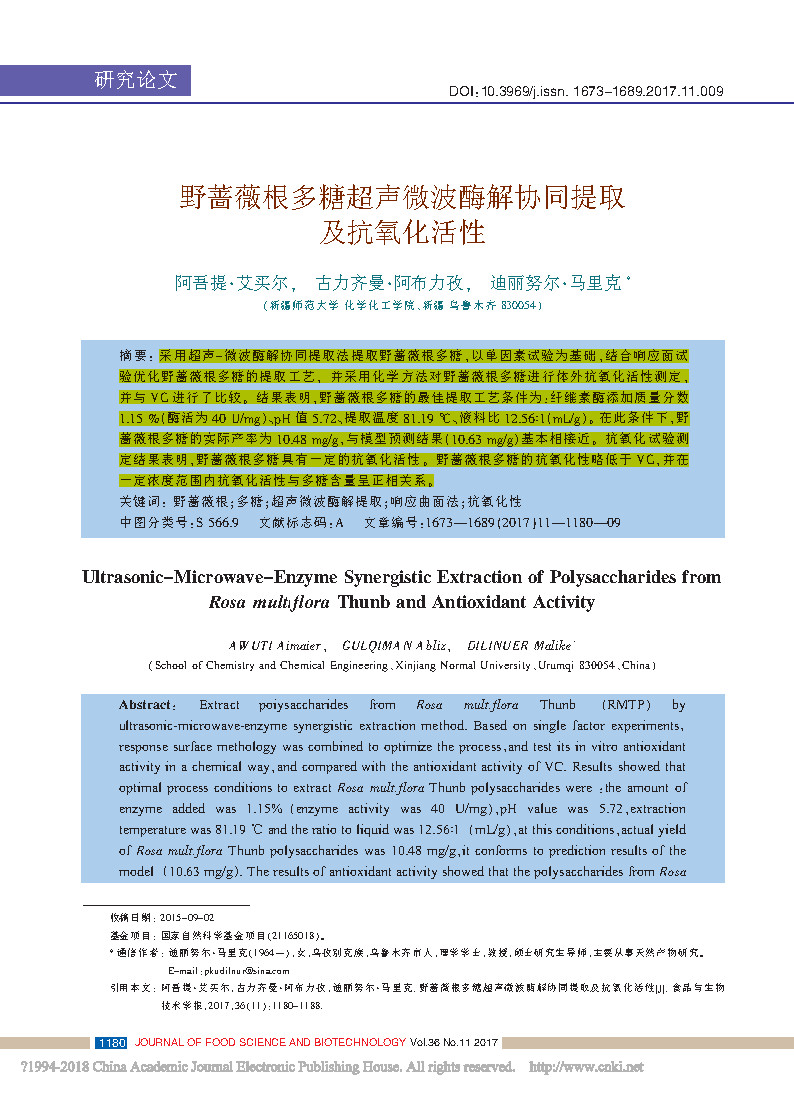
Fig.1/3↑

Fig.2/3↑

Fig.3/3↑
The authors used ultrasonic microwave digestion and synergistic extraction to extract polysaccharides from Radix rosea, and analyzed the results by response surface methodology. The result is that the regression model has good fitting degree. The primary and secondary terms of the regression equation reach a significant level. The influence of each factor on the response value is not a simple linear relationship. This regression model can be used to determine the optimal condition range of the extraction process. The optimum extraction conditions for the polysaccharides of wild rose were: cellulase addition mass fraction of 1.15% (enzyme activity 40 U/mg), pH value of 5.72, liquid-to-liquid ratio of 12.56:1 (mL/g), and extraction temperature of 81.19 °C. Under this condition, the actual yield of the polysaccharide of the wild rose root is 10.48 mg / g, which is basically consistent with the model prediction result (10.63 mg / g), the optimized process parameters are accurate and reliable, stable and feasible. The results of the assays in this paper indicate that the polysaccharides of Radix Paeoniae Alba have certain antioxidant properties, and their antioxidant activities increase with the increase of mass concentration. The antioxidant activity of the wild rose root polysaccharide is expected to be exploited as a natural antioxidant and functional product.
Weigh 1.00 g of wild rose root powder in a 150 mL Erlenmeyer flask, add appropriate amount of cellulase and citric acid buffer solution, and place in a constant temperature water bath shaker (rotation speed of 180 r/min, 50 °C), enzymolysis 30 Min, heating at 95 °C for 10 min, cooling for 15 min, and then placed in an ultrasonic microwave extractor for extraction [11].








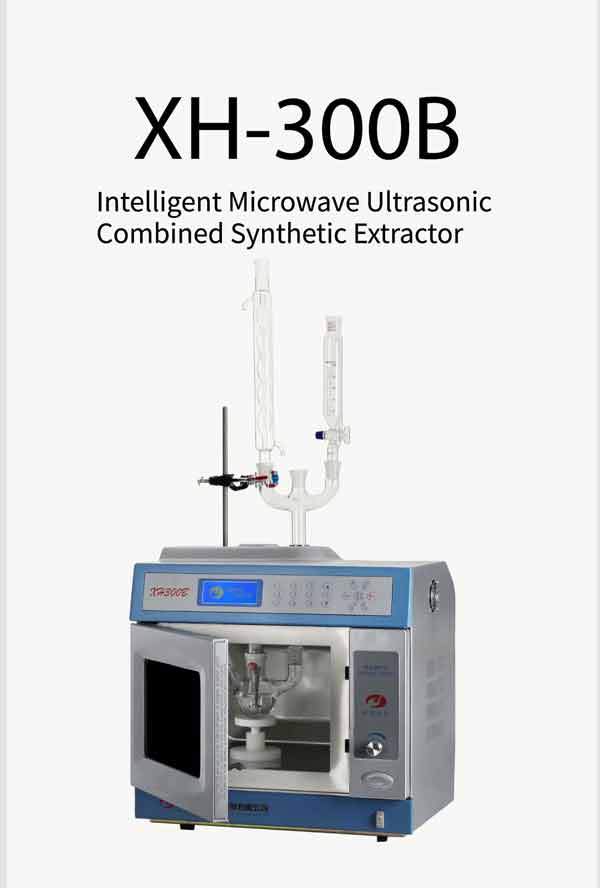

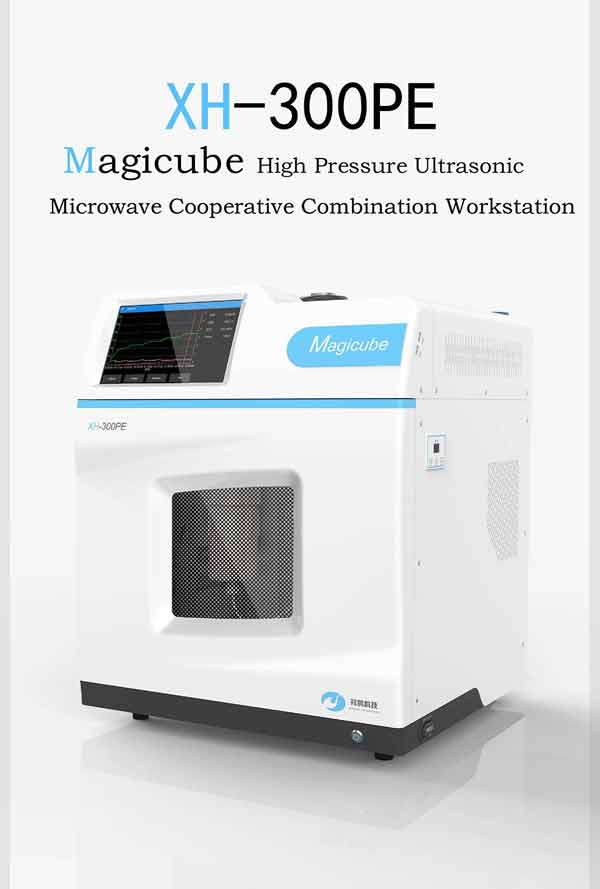
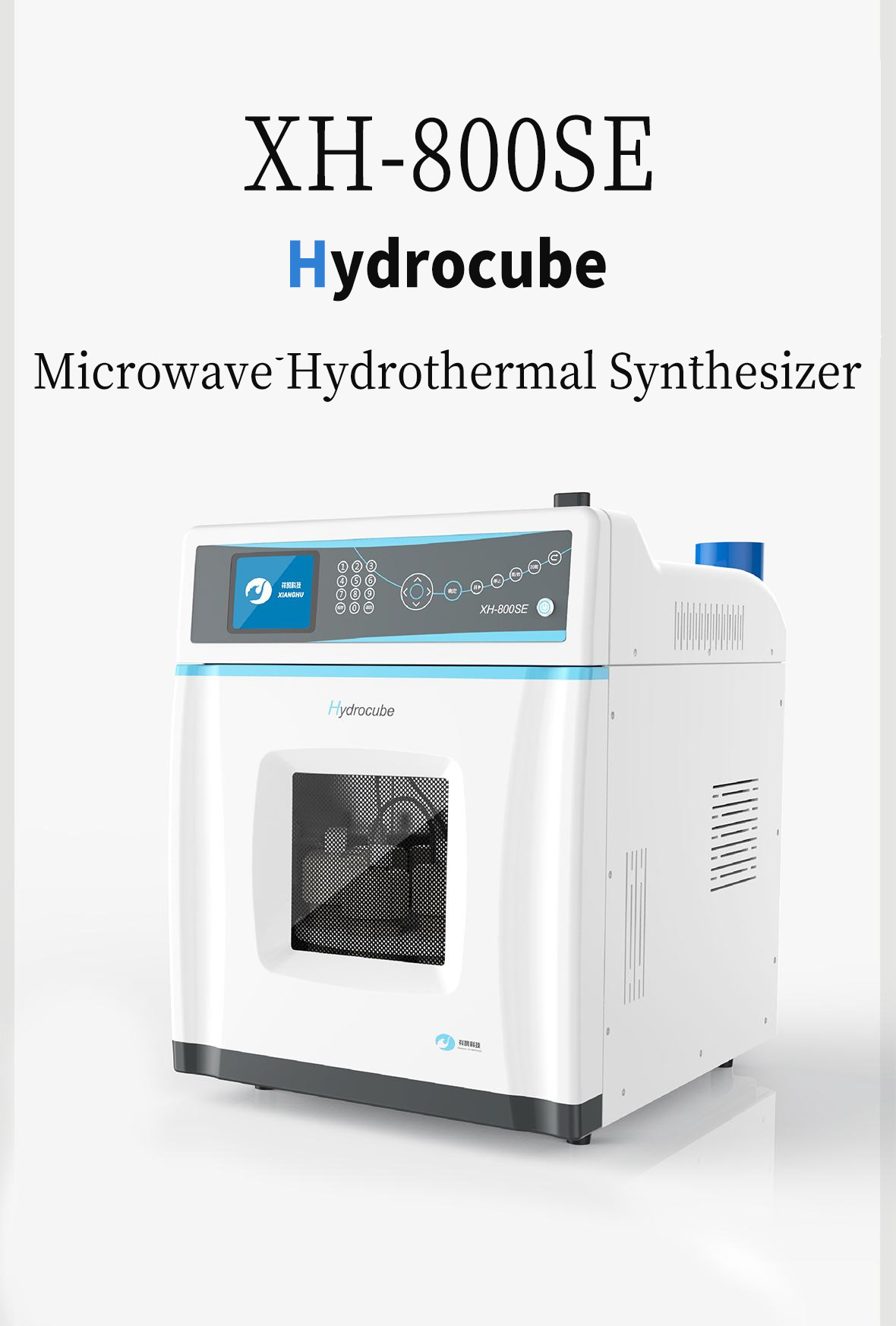
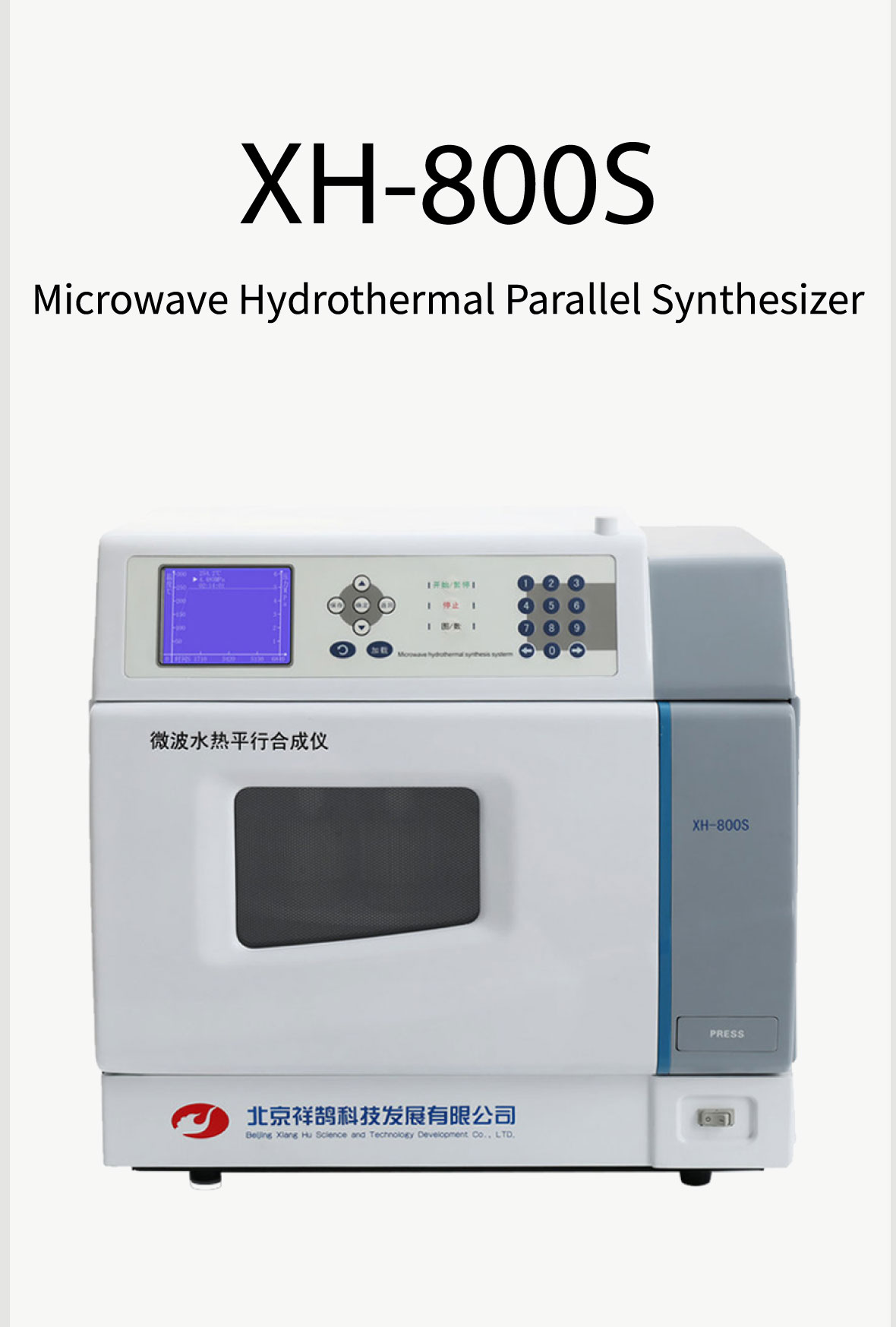
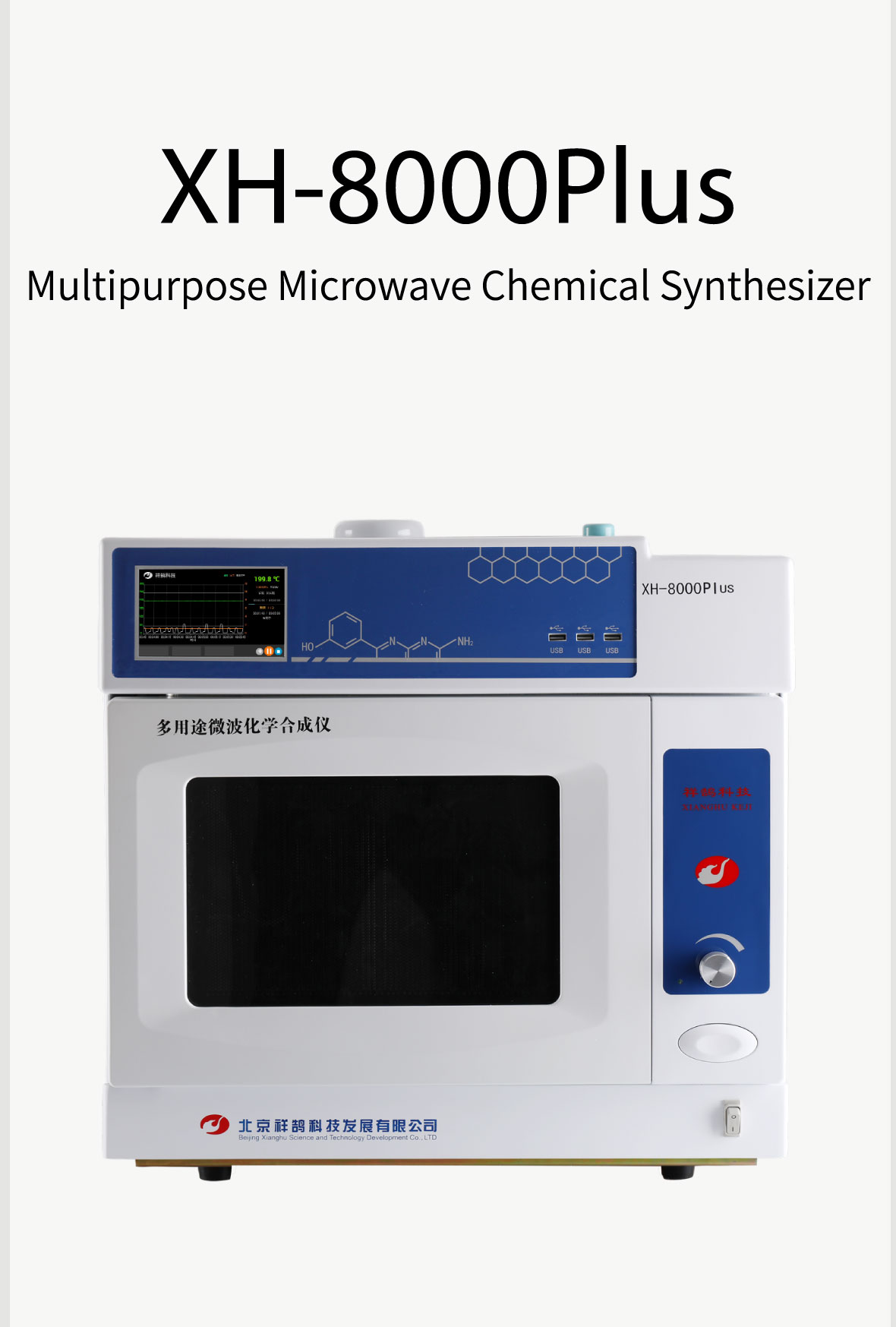
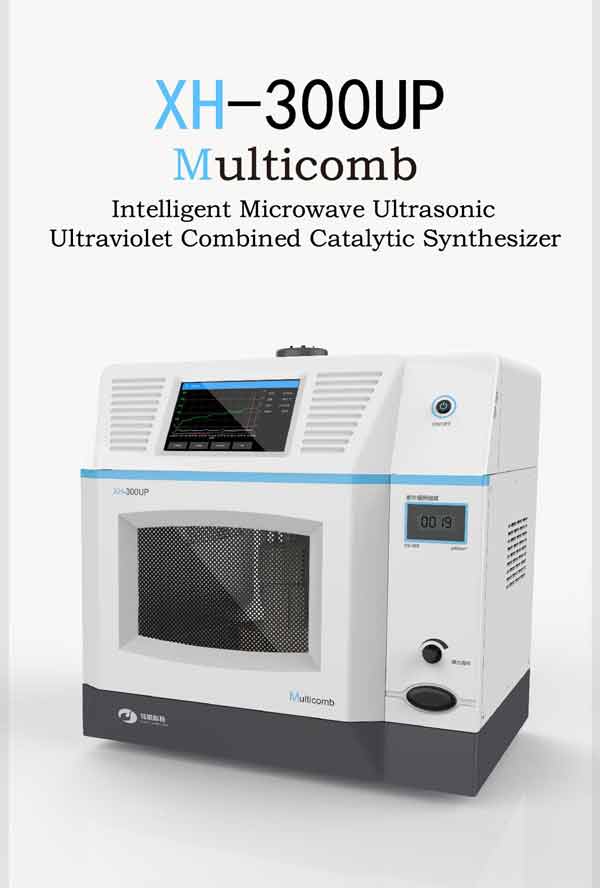
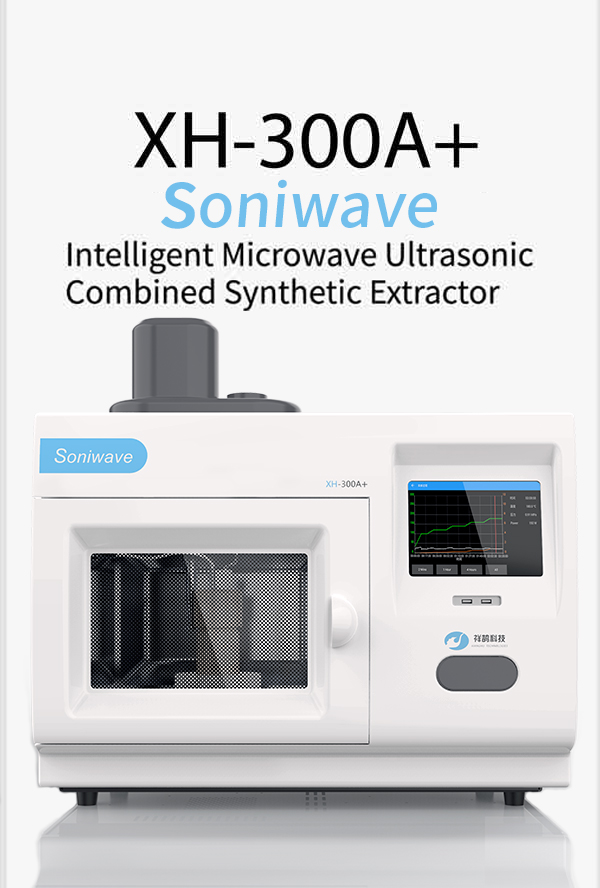

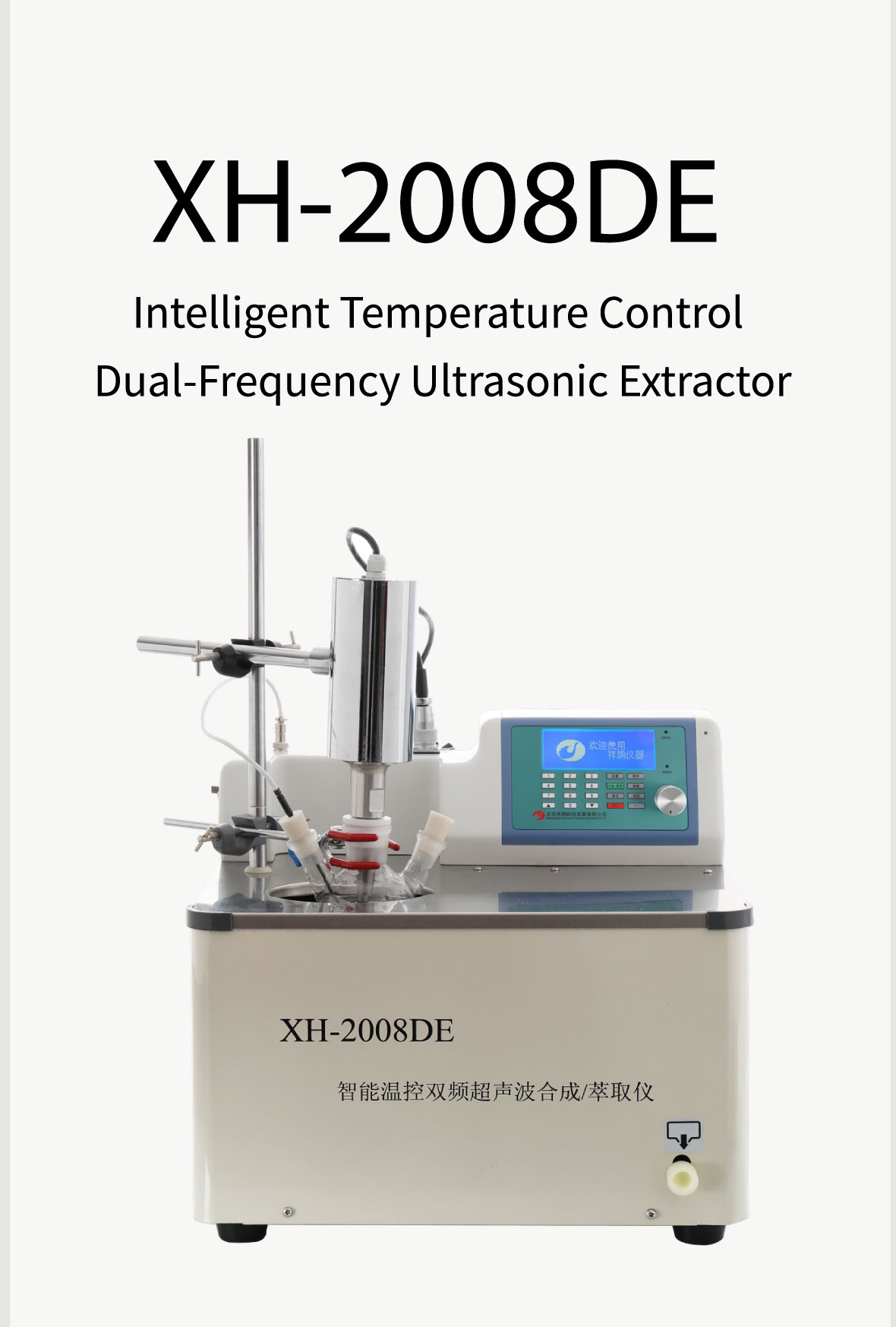



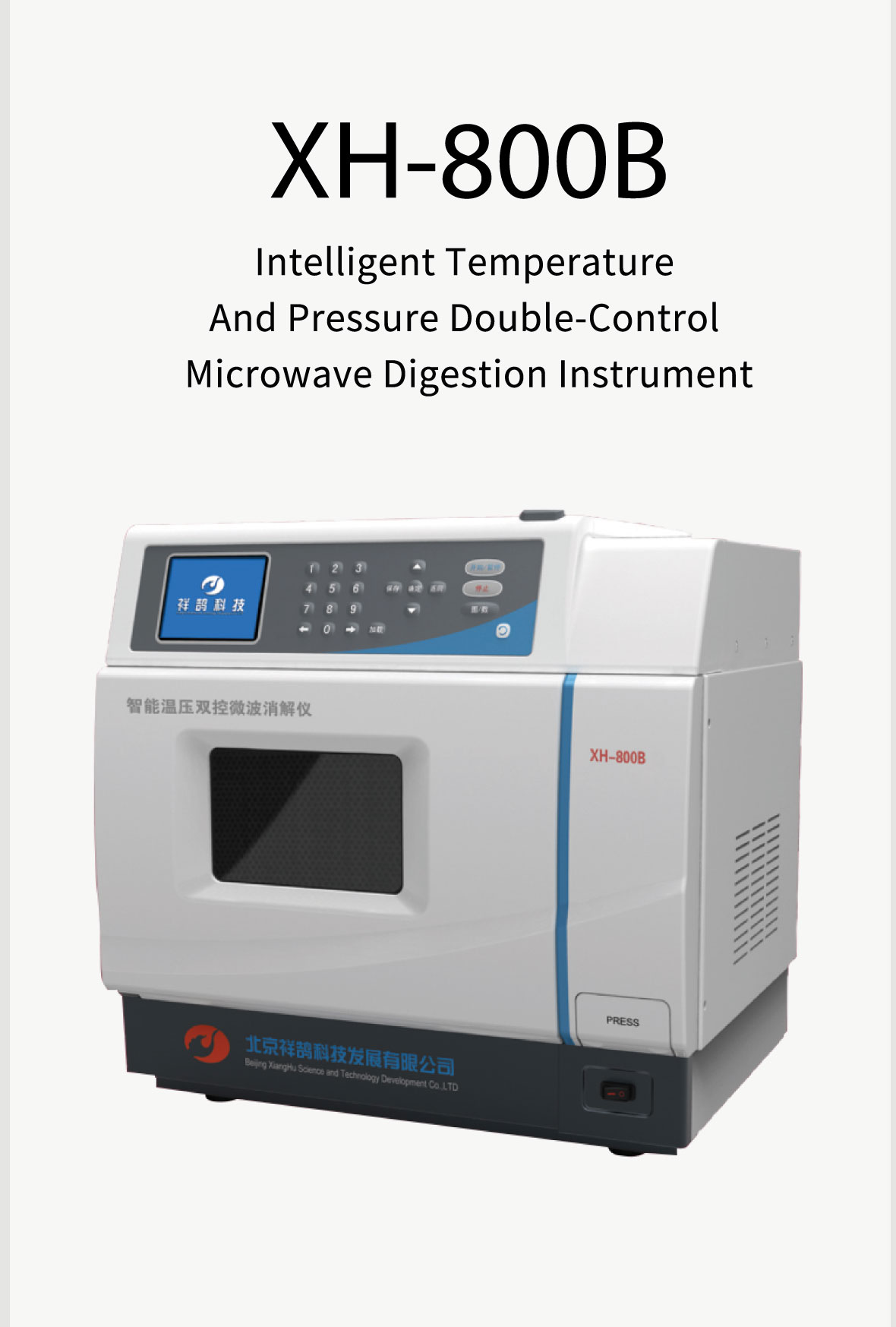

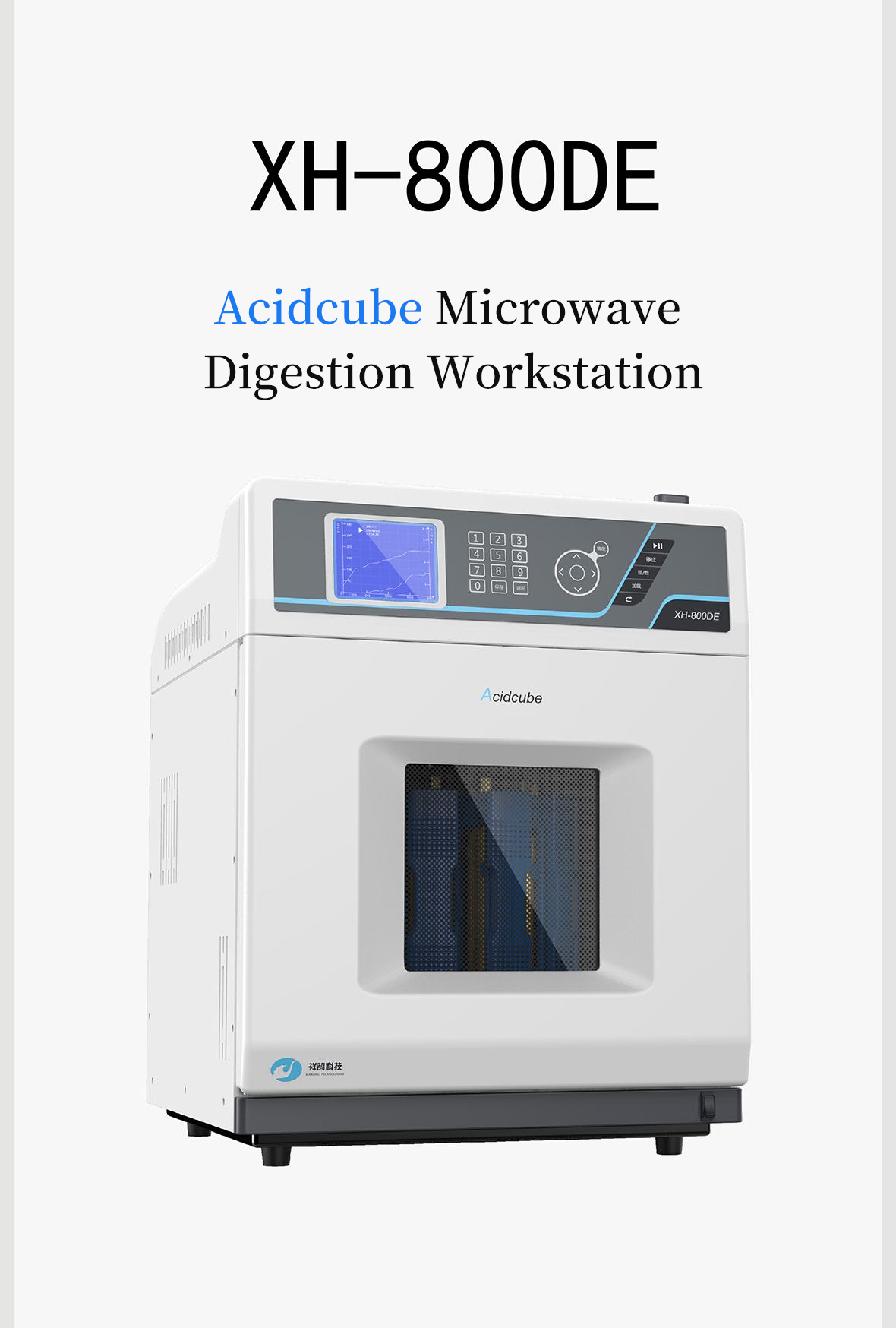

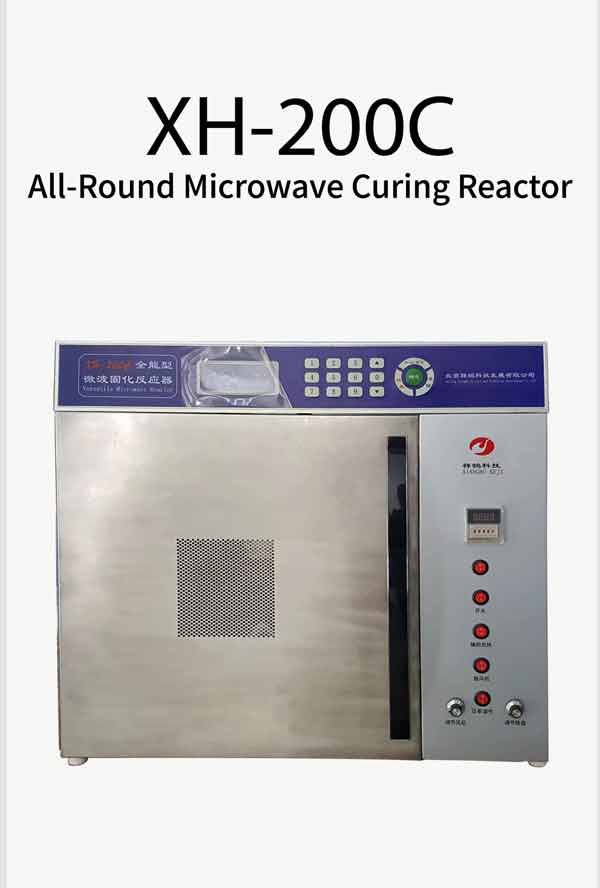
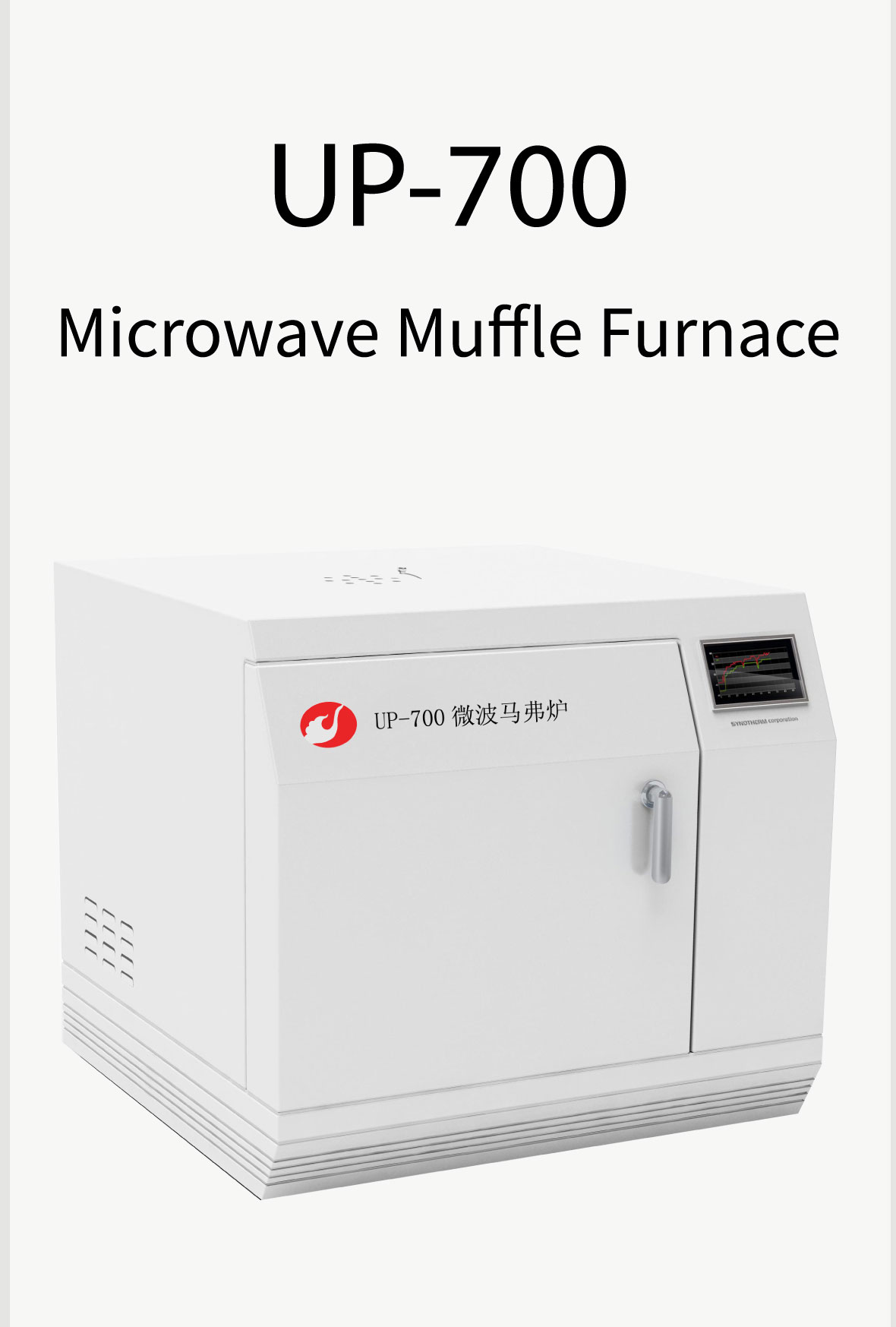

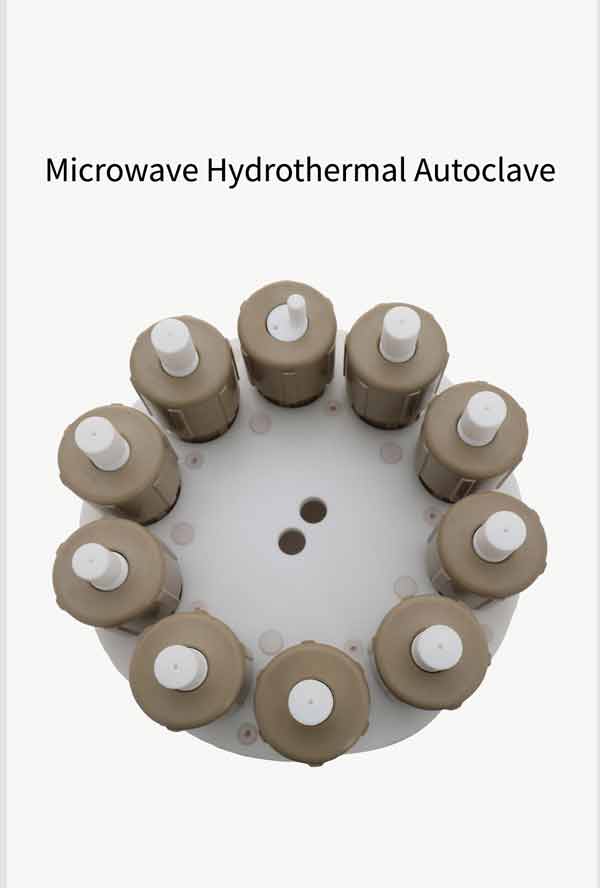

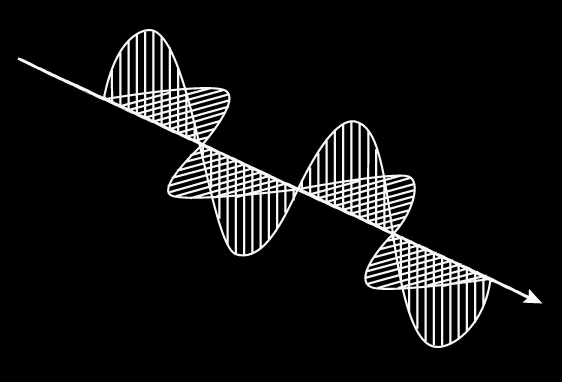

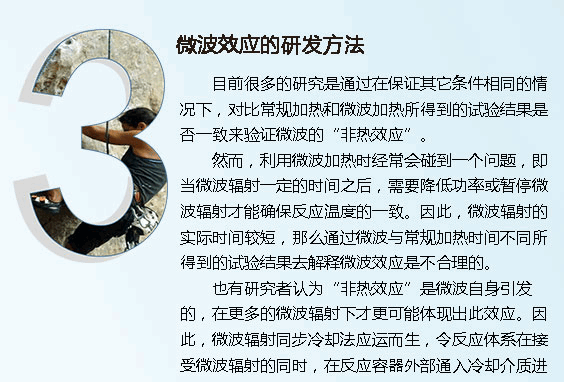
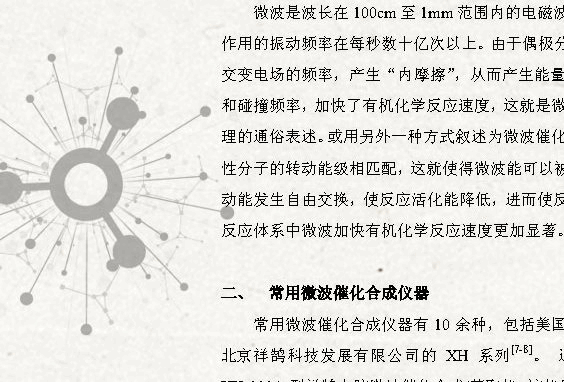

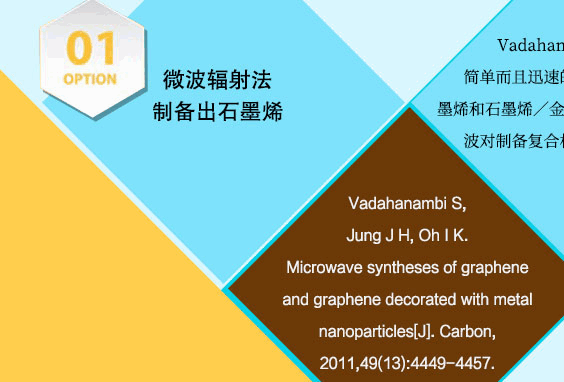
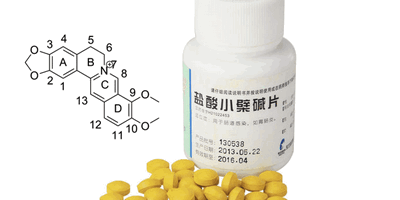


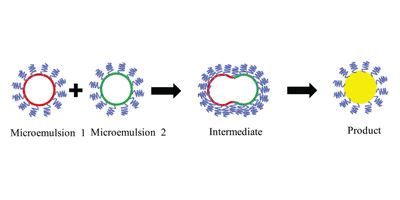
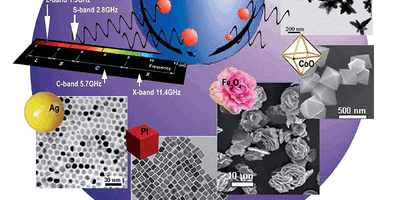
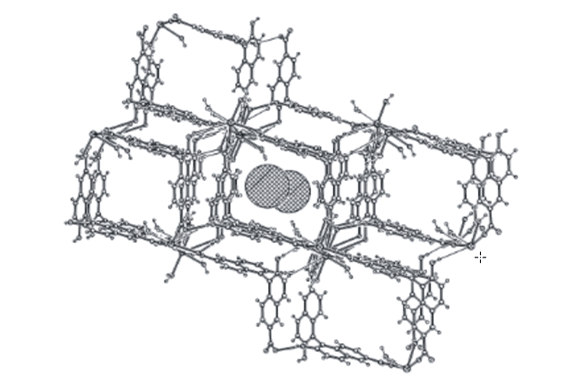
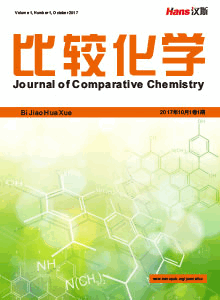
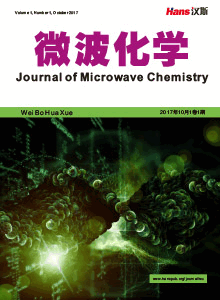
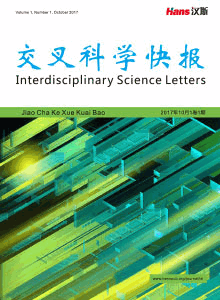




 京ICP备15050585号
京ICP备15050585号

